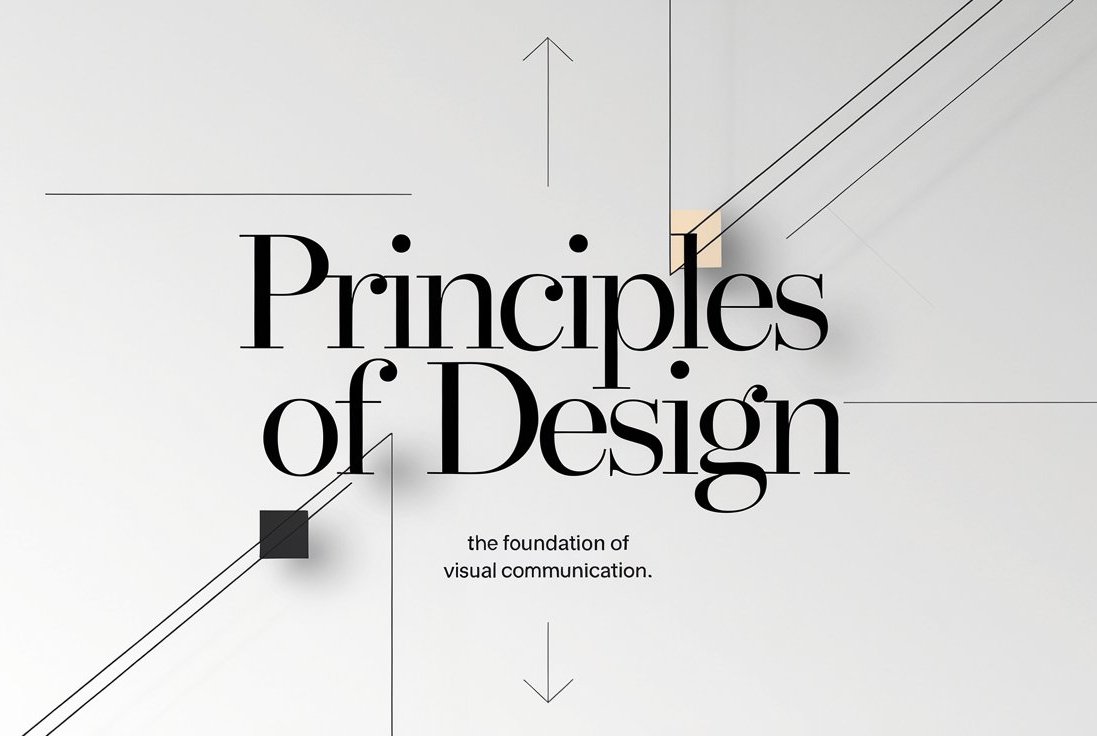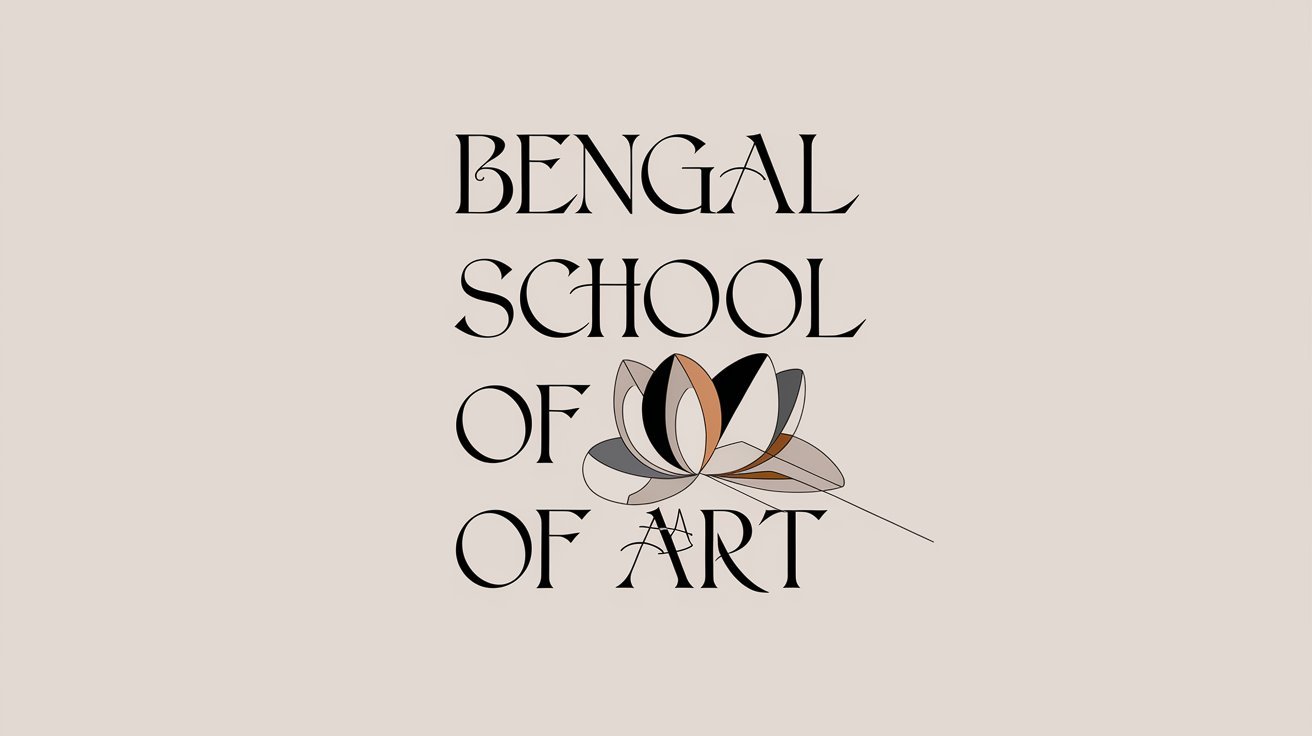Composed By-Ketan Goriwale.
Art has always been a mirror reflecting the evolution of human creativity and expression. From the detailed, lifelike depictions of the Renaissance to the bold, graphic explosions of Pop Art, each movement has reshaped how we see the world around us. Have you ever wondered how an artist’s vision changes across time, culture, and style? How does a simple brushstroke translate into powerful emotional and social commentary?
In this blog, we’ll take a journey through some of the most influential art movements in history—each distinct, yet interconnected through their ability to capture the essence of their time. Whether it’s the emotional intensity of Expressionism, the geometric exploration of Cubism, or the vibrant, mass-media celebration of Pop Art, we’ll dive deep into their origins, key characteristics, and lasting impact.
Join us as we explore the art movements that have not only shaped the history of art but continue to inspire and challenge how we view creativity today. By the end of this post, you’ll have a deeper understanding of how each movement contributes to the ever-evolving canvas of human expression. Ready to dive into the world of Abstract Art, Baroque, and beyond?
Realism–

- Overview: Realism emerged in the mid-19th century as a response to Romanticism. It focused on depicting everyday life and ordinary people with honesty and without idealization.
- Characteristics:
- Accurate representation of reality.
- Emphasis on the working class and social issues.
- Avoidance of dramatic or exotic subjects.
- Notable Artists: Gustave Courbet, Jean-François Millet, Honoré Daumier.
Impressionism

- Overview: Originating in late 19th-century France, Impressionism sought to capture fleeting moments and the effects of light and atmosphere.
- Characteristics:
- Short, visible brushstrokes and bright, vibrant colors.
- Focus on outdoor scenes and natural light.
- A sense of movement and spontaneity.
- Notable Artists: Claude Monet, Pierre-Auguste Renoir, Edgar Degas.
Expressionism

- Overview: A 20th-century movement that emphasized emotional experience over physical reality, often distorting forms and colors to evoke feelings.
- Characteristics:
- Intense colors and exaggerated lines.
- Focus on the inner turmoil or emotional states of the artist or subject.
- Often a reaction to industrialization and modern life.
- Notable Artists: Edvard Munch, Wassily Kandinsky, Egon Schiele.
Cubism

- Overview: Developed by Pablo Picasso and Georges Braque in the early 20th century, Cubism broke objects into geometric shapes, offering multiple perspectives at once.
- Characteristics:
- Fragmented and abstracted forms.
- Monochromatic color schemes in early Cubism (Analytic Cubism).
- Introduction of collage and mixed media in later phases (Synthetic Cubism).
- Notable Artists: Pablo Picasso, Georges Braque, Juan Gris.
Surrealism

- Overview: Emerging in the 1920s, Surrealism sought to unlock the unconscious mind, drawing heavily from dreams and the irrational.
- Characteristics:
- Juxtaposition of strange and unexpected elements.
- Dreamlike and often fantastical imagery.
- Exploration of the subconscious and symbolism.
- Notable Artists: Salvador Dalí, René Magritte, Max Ernst.
Abstract Art

- Overview: Abstract art emerged in the early 20th century, focusing on shapes, colors, and forms without representing real-world objects. It emphasizes visual language over depiction.
- Characteristics:
- Non-representational; no direct references to the visible world.
- Use of geometry, shapes, and color as the main subjects.
- Focus on the emotional or intellectual response to the artwork.
- Notable Artists: Wassily Kandinsky, Piet Mondrian, Jackson Pollock.
Baroque

- Overview: Baroque art flourished from the late 16th to the early 18th century, characterized by dramatic expression, rich detail, and grandeur. It was often used to evoke emotion and awe, particularly in religious and royal settings.
- Characteristics:
- High contrast between light and dark (chiaroscuro).
- Dramatic compositions, movement, and energy.
- Ornate detail and vivid realism.
- Notable Artists: Caravaggio, Peter Paul Rubens, Rembrandt van Rijn.
Renaissance

- Overview: The Renaissance, spanning from the 14th to the 17th century, marked a rebirth of interest in classical Greek and Roman ideals, emphasizing humanism, proportion, and perspective.
- Characteristics:
- Focus on human anatomy, naturalism, and perspective.
- Revival of classical antiquity’s art, philosophy, and science.
- Balanced compositions and idealized human figures.
- Notable Artists: Leonardo da Vinci, Michelangelo, Raphael, Donatello.
Art Nouveau

- Overview: Art Nouveau, popular from the late 19th century to the early 20th century, was characterized by flowing, organic lines and the integration of decorative elements into architecture and design. It emphasized craftsmanship and artistic unity.
- Characteristics:
- Curved lines, floral and natural motifs.
- Decorative design applied to everyday objects and architecture.
- Focus on harmony between art and nature.
- Notable Artists: Gustav Klimt, Alphonse Mucha, Antoni Gaudí.
Pop Art

- Overview: Pop Art, emerging in the mid-20th century, focused on the imagery and culture of mass media, advertising, and consumerism. It often used bright colors and incorporated commercial techniques to elevate everyday objects into art.
- Characteristics:
- Bold colors, repetition, and graphic design.
- Use of popular culture imagery, such as advertisements, celebrities, and comic strips.
- Commentary on consumerism, mass production, and media.
- Notable Artists: Andy Warhol, Roy Lichtenstein, Claes Oldenburg.
Embracing the Power of Art Across Time and Cultures
As we’ve journeyed through the evolution of art movements, from the lifelike precision of the Renaissance to the bold rebellion of Pop Art, it’s clear that art is more than just a visual expression—it’s a reflection of the world around us. Each movement, whether it’s the dramatic flair of Baroque or the liberating abstraction of Abstract Art, has played a pivotal role in shaping the way we view creativity, society, and even ourselves.
But the question remains: what impact does all of this have on us today? How do these centuries-old movements continue to influence our modern-day art scene?
The truth is, these iconic styles are far from relics of the past. Whether it’s through contemporary abstract art or the influence of Baroque details in today’s architecture, these movements continue to inspire, challenge, and provoke thought. By studying them, we gain not only a deeper understanding of art history but also a richer appreciation for the diversity and innovation that shape our world.
So, what’s your favorite art movement? Do you find yourself drawn to the realism of the Renaissance, or perhaps the free-spirited energy of Pop Art? The beauty of art is that it’s subjective, personal, and forever evolving. Let your journey into the world of art styles continue—there’s always something new to discover, something that will resonate with you, and something that will inspire your creativity.




